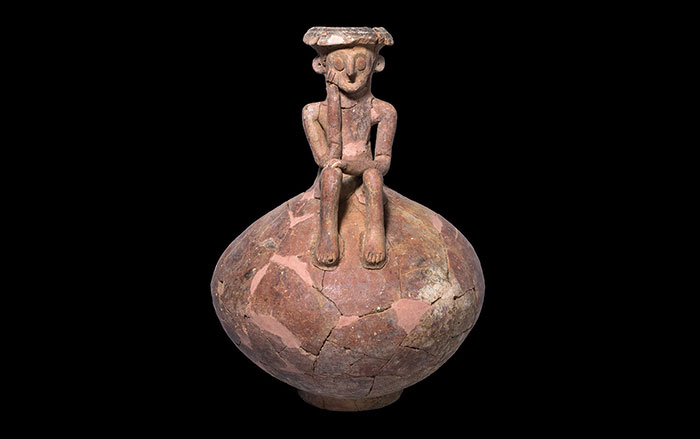
NORFOLK, ENGLAND—The Yorkshire Post reports that Shelby Putt of the Stone Age Institute and her team scanned the brains of volunteers with functional near-infrared spectroscopy while they produced two-sided stone weapons, such as hand axes and cleavers. It had been thought that such stone tool production, first undertaken some 1.75 million years ago, would be linked to the evolution of language. But the scientists instead found that the same areas of the brain were activated in the tool makers as in those who play the piano in a rock-and-roll style. Both skills require a combination of visual memory, hearing, movement awareness, and action planning. “We think this marked a turning point in the evolution of the human brain, leading to the evolution of a new species of human,” Putt said. For more, go to “Earliest Stone Tools.”











